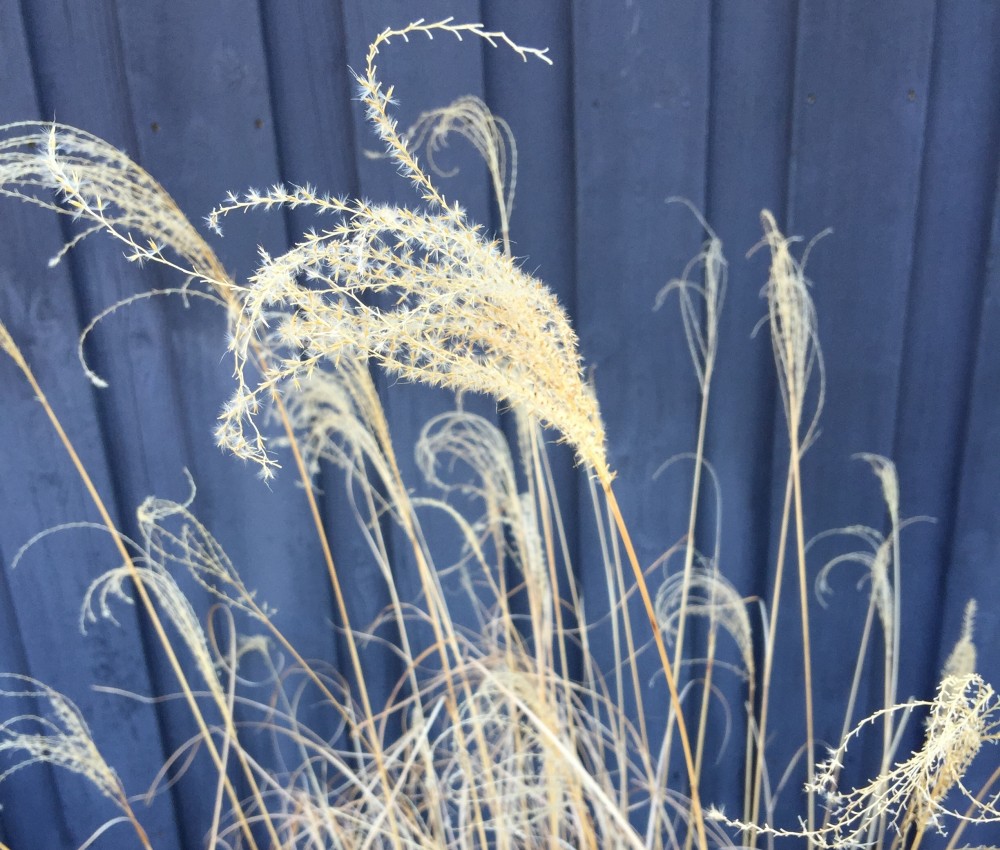Words are held
Close by each
,
With different
Meanings fraught.
Don’t you love it?
In its way
It’s poetry
Or just verse
In the lines.
Not loud
Like a computer turning on
In the night
But soft
Like rustling wind in the trees
Through the glass.
Which can be loud
But even then
Not so
That when it wakes
It would hurt
to hear.
I tried writing a Rondeau (pronounced “ron dOe”).
The Rondeau is a form of French poetry. In its classical 16th century form, a Rondeau is composed of 15 lines with only two rhymes (represented by “a” and “b”) in three stanzas (stanza breaks are represented by a dash or “-“) and a refrain (represented by “R”) at the end of the second and third stanzas, with the refrain also being the opening phrase of the poem. In poetry lingo, you write this scheme as follows: aabba-aabR-aabbaR.
The reason I found the Rondeau and wrote one of my own is that I remembered one of my favorite poems from grade school and looked it up on the Internet. Lo and behold, it was and is a Rondeau. It’s hard for a poem to change its stripes.
The poem is “In Flanders Field” by John McCrae. Here it is. See if you can find the Rondeau.
In Flanders fields the poppies blow
Between the crosses, row on row,
That mark our place, and in the sky,
The larks, still bravely singing, fly,
Scarce heard amid the guns below.
We are the dead; short days ago
We lived, felt dawn, saw sunset glow,
Loved and were loved, and now we lie
In Flanders fields.
Take up our quarrel with the foe
To you from failing hands we throw
The torch; be yours to hold it high!
If ye break faith with us who die
We shall not sleep, though poppies grow
In Flanders fields.
Do you see it? The rhyme scheme is: aabba-aabR-aabbaR (blow, row, sky, fly, below – ago, glow, lie [In Flanders fields] – foe, throw, high, die, grow [In Flanders fields]).
In this poem, each line (except for the refrain) is eight syllables long, divided into two-syllable groupings, with the accent on the second syllable. For example, the line “If ye break faith with us who die” can be written as follows to show the two-syllable groupings, each separated by a forward slash (/), and the accents shown with an apostrophe (‘): “If ye’ / break faith’ / with us’ / who die.’”
The syllable grouping of a line is the “foot” or imprint or stride or cadence of the line – you can see and hear someone walking or skipping with that beat. A two-syllable grouping with the accent on the second syllable is referred to as an “iamb” or “iambic” foot (this was Shakespeare’s favorite syllable grouping and it is the beat of the human heart, “ta Dum”).
The number of feet in a line is the meter of the line. A line with four feet is a tetrameter (“tetra” is the Greek prefix for the number “4”). So, each line “In Flanders Fields” is a line of iambic tetrameter, which is a fancy way of saying “eight syllables long, broken into groupings of two, with the accent on the second syllable.”
There you have it. Now, you are ready to write your own poem in lines of iambic tetrameter. And, if you follow the scheme of “In Flanders Fields,” you will have written a Rondeau.
If you like, and are so inclined, try lines of iambic pentameter (with “penta” for “5” in Greek), which means lines of ten syllables, in groupings of two, with the accent on the second syllable. Iambic pentameter was Shakespeare’s favorite, and here’s a good example from his Sonnet 12 that tells us the hour:
“When I do count the clock that tells the time”
“When I’ / do count’ / the clock’ / that tells’ / the time’”
It is too late the clock does show to me.
So back to bed and wait the dawn to see.
And in your sleep so let your mind rhyme free.
To wake and find the poet you can be.
Fun dreams,
Grandpa Jim
